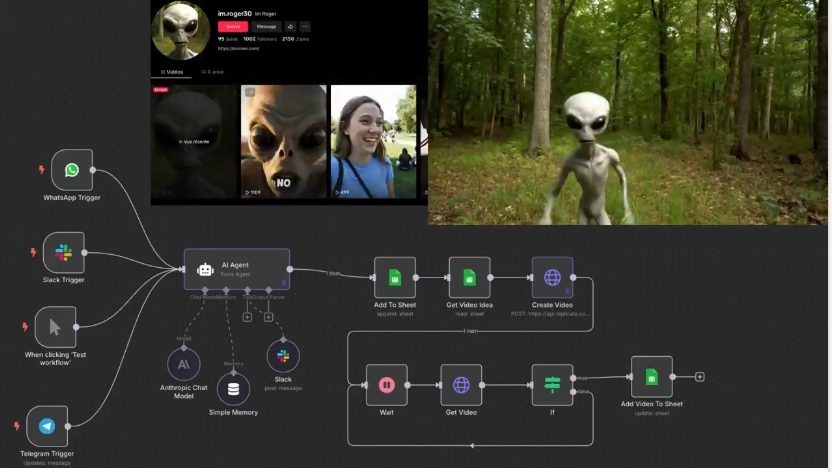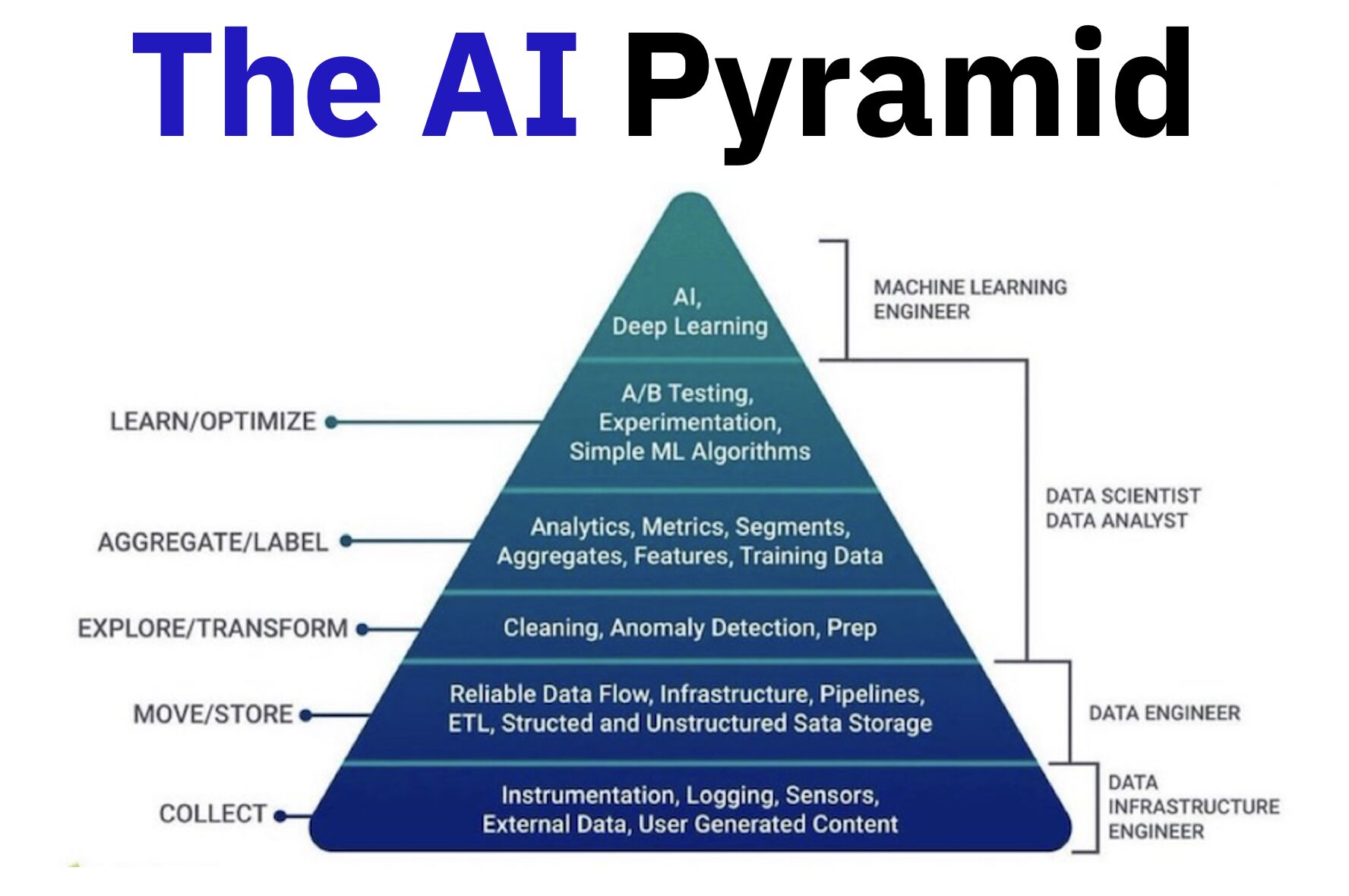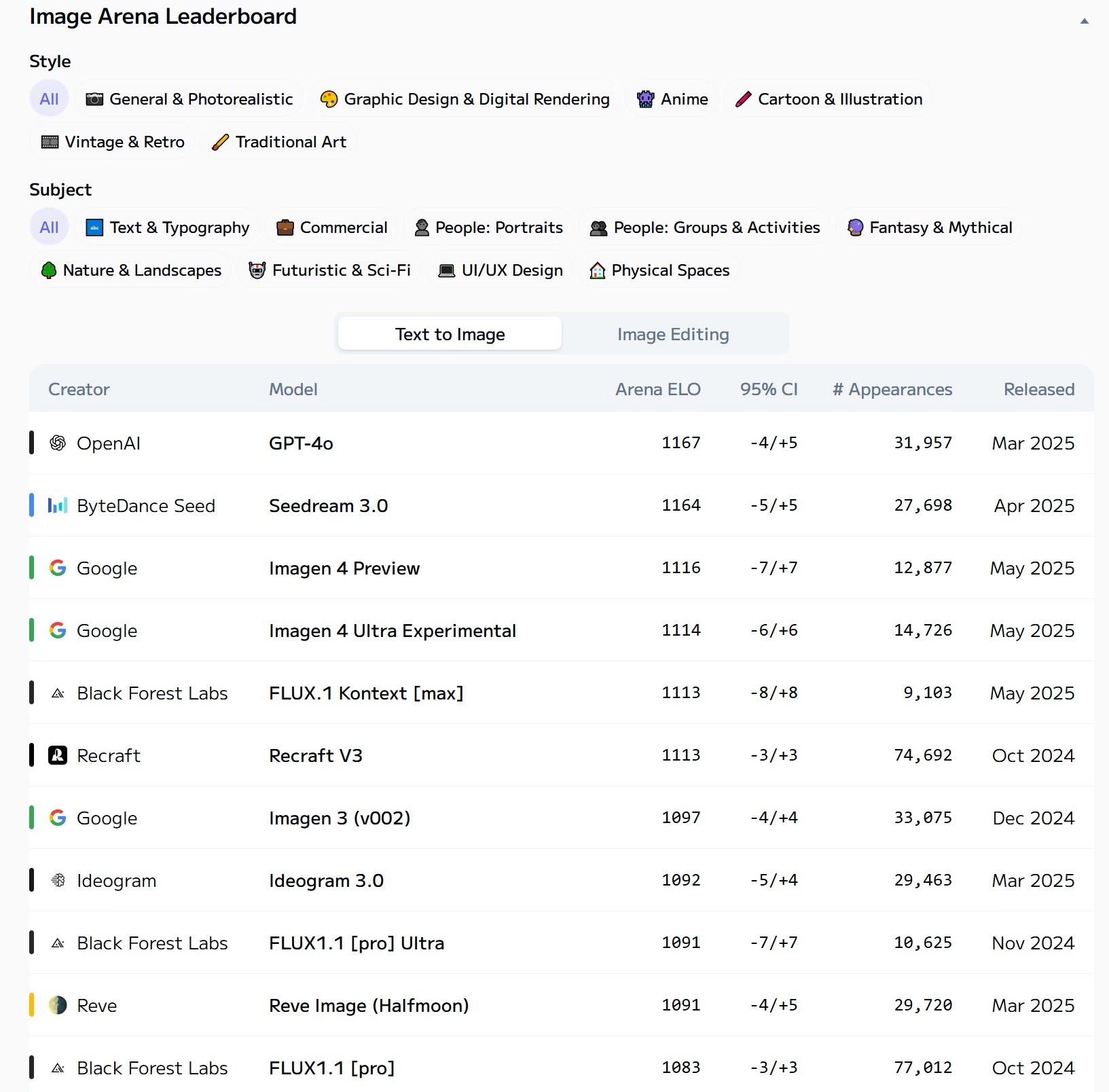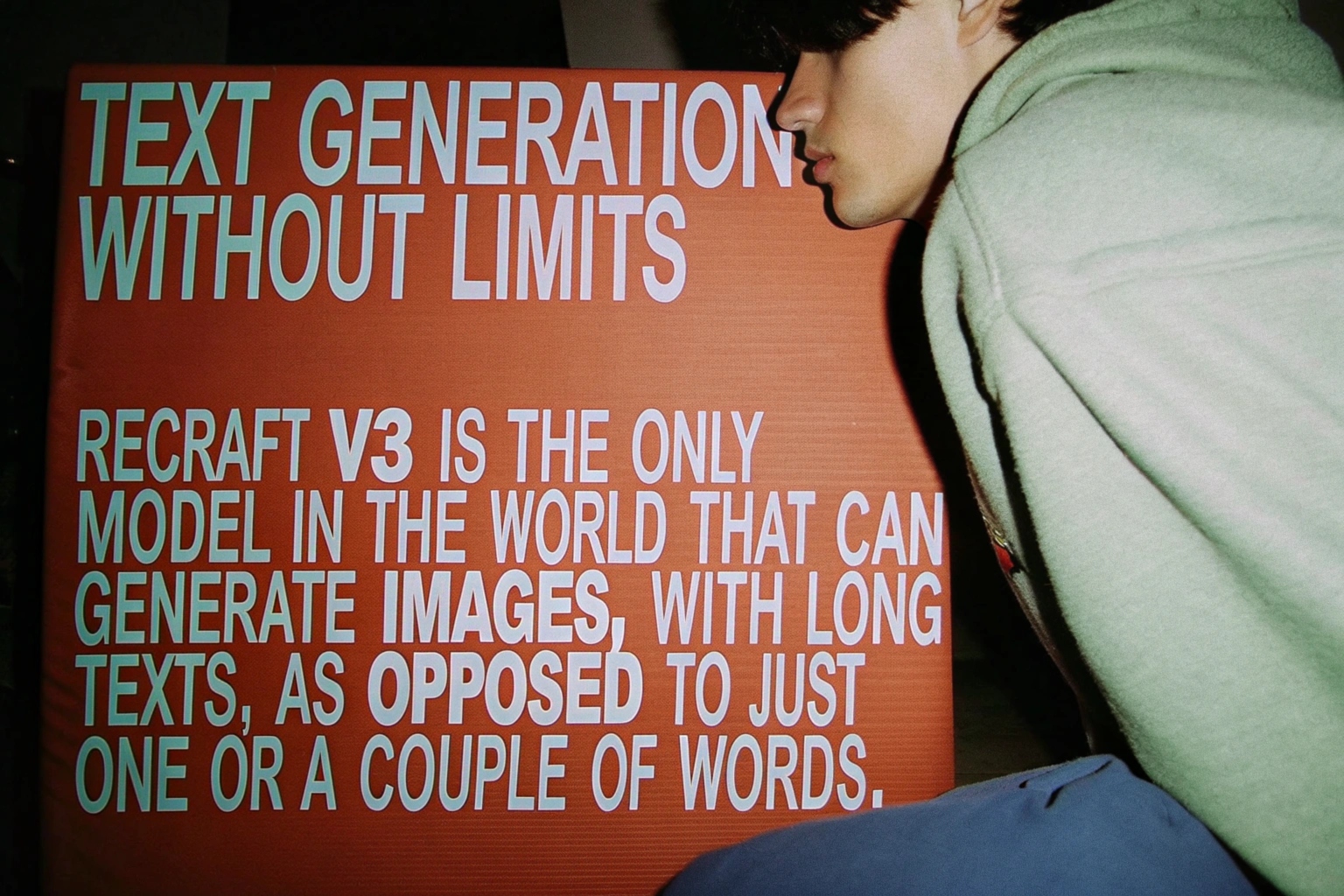BREAKING NEWS
LATEST POSTS
-
Agentic n8n Bigfoot VLOG – Meet my ALIEN friend ZORP
▶︎ You send your idea (from WhatsApp, Telegram, or Slack or manual click)
▶︎ The AI agent (powered by Gemini or any LLM) turns it into a structured video prompt
▶︎ It calls Replicate or Fal.ai to generate the video
▶︎ The final video is saved to your Google Sheet
-
Feed Your OWN Documents to a Local Large Language Model AI engine
RAG (retrieval augmented generation)
FEATURED POSTS
-
Andreas Horn – Want cutting edge AI?
𝗧𝗵𝗲 𝗯𝘂𝗶𝗹𝗱𝗶𝗻𝗴 𝗯𝗹𝗼𝗰𝗸𝘀 𝗼𝗳 𝗔𝗜 𝗮𝗻𝗱 𝗲𝘀𝘀𝗲𝗻𝘁𝗶𝗮𝗹 𝗽𝗿𝗼𝗰𝗲𝘀𝘀𝗲𝘀:
– Collect: Data from sensors, logs, and user input.
– Move/Store: Build infrastructure, pipelines, and reliable data flow.
– Explore/Transform: Clean, prep, and detect anomalies to make the data usable.
– Aggregate/Label: Add analytics, metrics, and labels to create training data.
– Learn/Optimize: Experiment, test, and train AI models.𝗧𝗵𝗲 𝗹𝗮𝘆𝗲𝗿𝘀 𝗼𝗳 𝗱𝗮𝘁𝗮 𝗮𝗻𝗱 𝗵𝗼𝘄 𝘁𝗵𝗲𝘆 𝗯𝗲𝗰𝗼𝗺𝗲 𝗶𝗻𝘁𝗲𝗹𝗹𝗶𝗴𝗲𝗻𝘁:
– Instrumentation and logging: Sensors, logs, and external data capture the raw inputs.
– Data flow and storage: Pipelines and infrastructure ensure smooth movement and reliable storage.
– Exploration and transformation: Data is cleaned, prepped, and anomalies are detected.
– Aggregation and labeling: Analytics, metrics, and labels create structured, usable datasets.
– Experimenting/AI/ML: Models are trained and optimized using the prepared data.
– AI insights and actions: Advanced AI generates predictions, insights, and decisions at the top.𝗪𝗵𝗼 𝗺𝗮𝗸𝗲𝘀 𝗶𝘁 𝗵𝗮𝗽𝗽𝗲𝗻 𝗮𝗻𝗱 𝗸𝗲𝘆 𝗿𝗼𝗹𝗲𝘀:
– Data Infrastructure Engineers: Build the foundation — collect, move, and store data.
– Data Engineers: Prep and transform the data into usable formats.
– Data Analysts & Scientists: Aggregate, label, and generate insights.
– Machine Learning Engineers: Optimize and deploy AI models.𝗧𝗵𝗲 𝗺𝗮𝗴𝗶𝗰 𝗼𝗳 𝗔𝗜 𝗶𝘀 𝗶𝗻 𝗵𝗼𝘄 𝘁𝗵𝗲𝘀𝗲 𝗹𝗮𝘆𝗲𝗿𝘀 𝗮𝗻𝗱 𝗿𝗼𝗹𝗲𝘀 𝘄𝗼𝗿𝗸 𝘁𝗼𝗴𝗲𝘁𝗵𝗲𝗿. 𝗧𝗵𝗲 𝘀𝘁𝗿𝗼𝗻𝗴𝗲𝗿 𝘆𝗼𝘂𝗿 𝗳𝗼𝘂𝗻𝗱𝗮𝘁𝗶𝗼𝗻, 𝘁𝗵𝗲 𝘀𝗺𝗮𝗿𝘁𝗲𝗿 𝘆𝗼𝘂𝗿 𝗔𝗜.

-
The Public Domain Is Working Again — No Thanks To Disney
www.cartoonbrew.com/law/the-public-domain-is-working-again-no-thanks-to-disney-169658.html
The law protects new works from unauthorized copying while allowing artists free rein on older works.
The Copyright Act of 1909 used to govern copyrights. Under that law, a creator had a copyright on his creation for 28 years from “publication,” which could then be renewed for another 28 years. Thus, after 56 years, a work would enter the public domain.
However, the Congress passed the Copyright Act of 1976, extending copyright protection for works made for hire to 75 years from publication.
Then again, in 1998, Congress passed the Sonny Bono Copyright Term Extension Act (derided as the “Mickey Mouse Protection Act” by some observers due to the Walt Disney Company’s intensive lobbying efforts), which added another twenty years to the term of copyright.
it is because Snow White was in the public domain that it was chosen to be Disney’s first animated feature.
Ironically, much of Disney’s legislative lobbying over the last several decades has been focused on preventing this same opportunity to other artists and filmmakers.The battle in the coming years will be to prevent further extensions to copyright law that benefit corporations at the expense of creators and society as a whole.
-
Björn Ottosson – OKlch color space
Björn Ottosson proposed OKlch in 2020 to create a color space that can closely mimic how color is perceived by the human eye, predicting perceived lightness, chroma, and hue.
The OK in OKLCH stands for Optimal Color.
- L: Lightness (the perceived brightness of the color)
- C: Chroma (the intensity or saturation of the color)
- H: Hue (the actual color, such as red, blue, green, etc.)

Also read:










